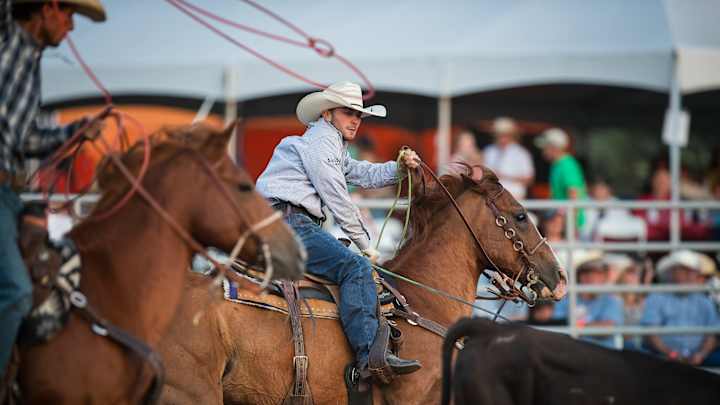Understanding the Team Roping Handicap Number System

The team roping handicap number system, also known as Global Handicaps, is an essential aspect of team roping. This system plays a critical role in ensuring fair and competitive events for ropers of all skill levels.
The Basics:
The significance of the Global Handicaps system lies in its ability to categorize ropers based on their proficiency. Each roper is assigned a handicap number, ranging from 1 to 9 for headers and 1 to 10 for heelers, which reflects their skill level. This number is determined by their past performance and competition results.
How It Works:
By assigning handicap numbers, the system creates balanced teams for team roping events. Teams are formed by combining the handicap numbers of their members, with specific criteria in place to ensure fairness. This fosters competition among teams with comparable skill levels, establishing a level playing field and enhancing the overall competitiveness of the sport.
The Importance:
The Global Handicaps system is invaluable for competitors as it enables them to assess their skill level and track their progress over time. Understanding their handicap number allows ropers to identify their strengths and weaknesses, set realistic goals, and strive for improvement. It also provides a clear pathway for ropers to advance to higher skill levels as they continue to enhance their abilities.
Moreover, the Global Handicaps system plays a crucial role in the broader sport of team roping. It promotes inclusivity by accommodating ropers of different skill levels, encouraging their participation and growth within the sport.
Overall, Global Handicaps is of great importance to both competitors and the sport as a whole. It ensures fairness, facilitates skill development, and contributes to the overall success and expansion of team roping as a thrilling and competitive sport.
